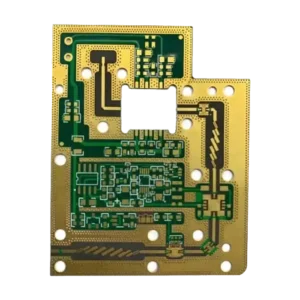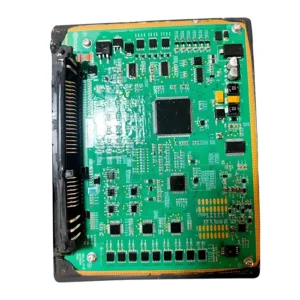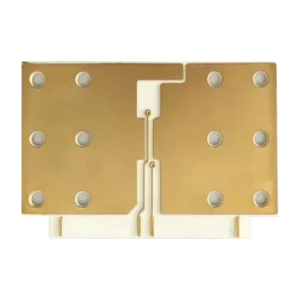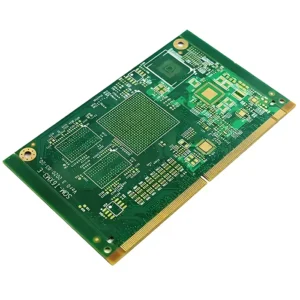GPS Locator Microwave RF PCBA
$59.90
GPS locator microwave RF PCBA is an electronic module designed for tracking devices. The PCB helps use satellite signals or wireless communication to pinpoint geographic coordinates, enabling location tracking, remote data transmission, and integration with IoT platforms. Such PCBs are widely used in various applications, such as pet wearable devices, automotive GPS, asset tracking, and so on.
Shipping fee and delivery date to be negotiated. Send inquiry for more details.
Your payment information is processed securely. We do not store credit card details nor have access to your credit card information.
Claim a refund if your order is missing or arrives with product issues, our support team would deal with your refund within 24 hours.
| Layer Counts | 4L |
| Base Material | Rogers |
| Board Thickness(mm) | 1.6mm |
| Max board size(mm) | 570*850mm |
| PCB size tolerance | ±0.2mm |
| Min. Hole Size | 0.15mm |
| Min. Line Width | 4mil |
| Copper Weight | 2oz |
| Surface Finish | ENIG |
| Certificate | UL, IPC-6012, RoHS, ISO 9001, ISO14001 |
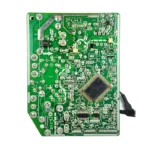 GPS Locator Microwave RF PCBA
GPS Locator Microwave RF PCBA
| 5 star | 0% | |
| 4 star | 0% | |
| 3 star | 0% | |
| 2 star | 0% | |
| 1 star | 0% |
Sorry, no reviews match your current selections
Questions & Answers
1. What’s your board thickness customization range?
We provide a prototype with customizable thickness ranging from 0.3mm to 5mm according to different PCB layers. Standard options include 0.8mm、1.0mm、1.2mm、1.6mm、2.0mm.
2. What are your payment terms?
T/T, Paypal, Western union, L/C ,ESROW
3. What’s the minimum PCB size you can make?
The minimum size we can make is 10*10mm.
4. Which PCB material benefits GPS signal accuracy most?
The optimal PCB materials for great GPS signal accuracy can be Rogers(eg. , RO4003C), Taconic(eg. , RF-35), and Isola(eg. , FR408HR), providing low-loss and high-frequency laminates with stable dielectric properties.
5. Do you offer flex-rigid PCBs for space-constrained GPS trackers?
Yes, we offer flex-rigid PCBs for GPS trackers. Our rigid-flex PCBs are compact, durable, and lightweight for tight and portable GPS trackers.
6. How does copper roughness affect GPS performance? What other factors or designs are possible to affect GPS performance?
The copper roughness can increase signal loss at high frequencies and degrade GPS sensitivity, and the skin effect in rough copper traces can also cause higher insertion loss. Beyond copper quality, impedance matching, proper grounding, EMI shielding, and component placement all impact GPS performance.
7. Should I use a chip antenna or an external antenna for GPS?
Chip antennas are more suitable for small and portable devices like pet trackers for their compact size and integration convenience. External antenna is more feasible for high-precision applications like drones or vehicle tracking because they deliver superior gain and signal-to-noise ratio.
8. Why use conformal coating on RF PCBs?
Conformal coating protects PCBs from moisture, dust, and oxidation to improve RF performance. It minimizes parasitic and shields against EMI interference, ensuring stable GPS signal reception. Low-loss and non-conductive coatings like silicone are the primary choice.
9. How to reduce cost without sacrificing GPS accuracy?
We can optimize material selection, simplify layer counts, and use cost-effective antennas. Using an integrated GPS module and standard surface finishes like ENIG can further reduce expenses.



